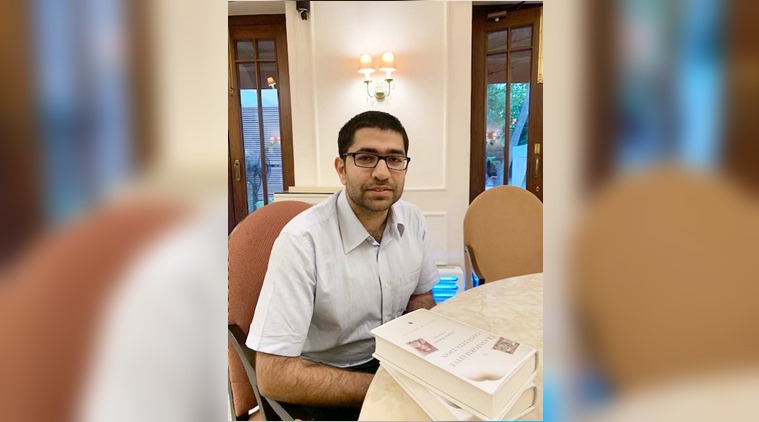
Lawyer and legal scholar Gautam Bhatia’s second book, The Transformative Constitution: A Radical Biography in Nine Acts (Harper Collins), looks at the Constitution as a document for social and political change. Bhatia, 30, has been a practising lawyer for four years. A Rhodes Scholar currently pursuing his PhD from Oxford, Bhatia’s work has been cited by the Supreme Court in its judgments, including the ones on privacy, Sabarimala and Section 377. Other than his popular blog on Indian constitutional law and philosophy, he also co-edits an online journal on science fiction.
Excerpts from an interview:
What kindled your interest in the Constitution?
I’ve always been drawn to language, political philosophy and history — in particular, the history of ideas. As a lawyer, the Constitution is the terrain where all these things come together.
What makes the Indian Constitution ‘transformative’? You have discussed several ways of looking at it — from originalism to the living tree and so on.
Originalism holds that the meaning of the Constitution is fixed at the time of its framing, either in the form of the meaning of the words used, or the intentions of the drafters — and the job of the court is to excavate this original meaning. Living tree constitutionalism asks that judges update the Constitution to keep up with the times. Transformative constitutionalism takes elements of both. It takes the moment of the framing and the history that led up to it seriously. It also recognises that the framers deliberately used the language of values and principles because they were building a Constitution that would last many generations. Consequently, the history of the framing, including the social movements that led up to that moment, and the constitutional intent to transform the existing status quo, both politically and socially, should guide and anchor judges when they try to interpret the Constitution for the present.
Why do you prefer the ‘contrapuntal’ approach?
The ‘constitutional canon’ that we’re taught in law schools — the landmark judgments — is a patchy one. In many areas of law, for example on issues of civil rights, anti-terror laws and gender discrimination, the courts have often gone down conservative routes. The contrapuntal approach aims to articulate an alternative constitutional canon — of judgments that have been overruled, reversed or ignored. That, for me, is truer to the Constitution’s transformative essence.
Among equality, liberty and fraternity, to which have the courts been more charitable?
By and large, equality has fared the best (although, as I discuss in my book, there are problems there as well). On fraternity, that is, the relationships between individuals and groups, or individuals and other individuals in contexts such as caste, religion, employment, there has been very little judicial development. And on liberty, the courts have unfortunately often accepted reasons of state as grounds to curtail liberty, especially in the context of anti-terror laws.
Is the Constitution in some ways beyond the courts?
The courts have an important role to play in enforcing the Constitution, but ultimately, constitutionalism needs to exist and percolate into society. You had the example of the residents of Pathribal carving the Constitution on stone slabs to invoke their rights to their land, against corporate plunder. This form of insurgent constitutionalism, which doesn’t judicialise disputes or take them to the courts, but where the constitutional imagery plays a foundational role is crucial to the long-term health of democracy.
You also edit Strange Horizons, a sci-fi journal. Which is the sci-fi text that is most suitable/reflective of India in 2019?
Because of the imaginative leeway offered by the genre, it often ends up serving as a mirror to society but also —and this is a point that Ursula K Le Guin made brilliantly — showing possible alternatives to the way we live today. That is probably its most important function, especially in times of constricting imagination and general despair.
You are a voracious reader. How do you manage to read in the age of a zillion distractions?
By discarding any hopes of having a social life.
Who inspired you to think of the Constitution in this way?
KG Kannabiran, whose book The Wages of Impunity (2004), was a huge inspiration. Edward Said, whose Culture and Imperialism (1993) is always on my bedside table. The people I’ve had the good fortune to work for, or work with — Justice Ravindra Bhat of the Delhi HC, with whom I had my first job; Jawahar Raja, my mentor when I practised at the trial courts; Usha Ramanathan, whose ways of thinking are always inspirational; and Sudha Bharadwaj, who has been an example of how to try and live the Constitution’s promise in places where it seems the most distant.